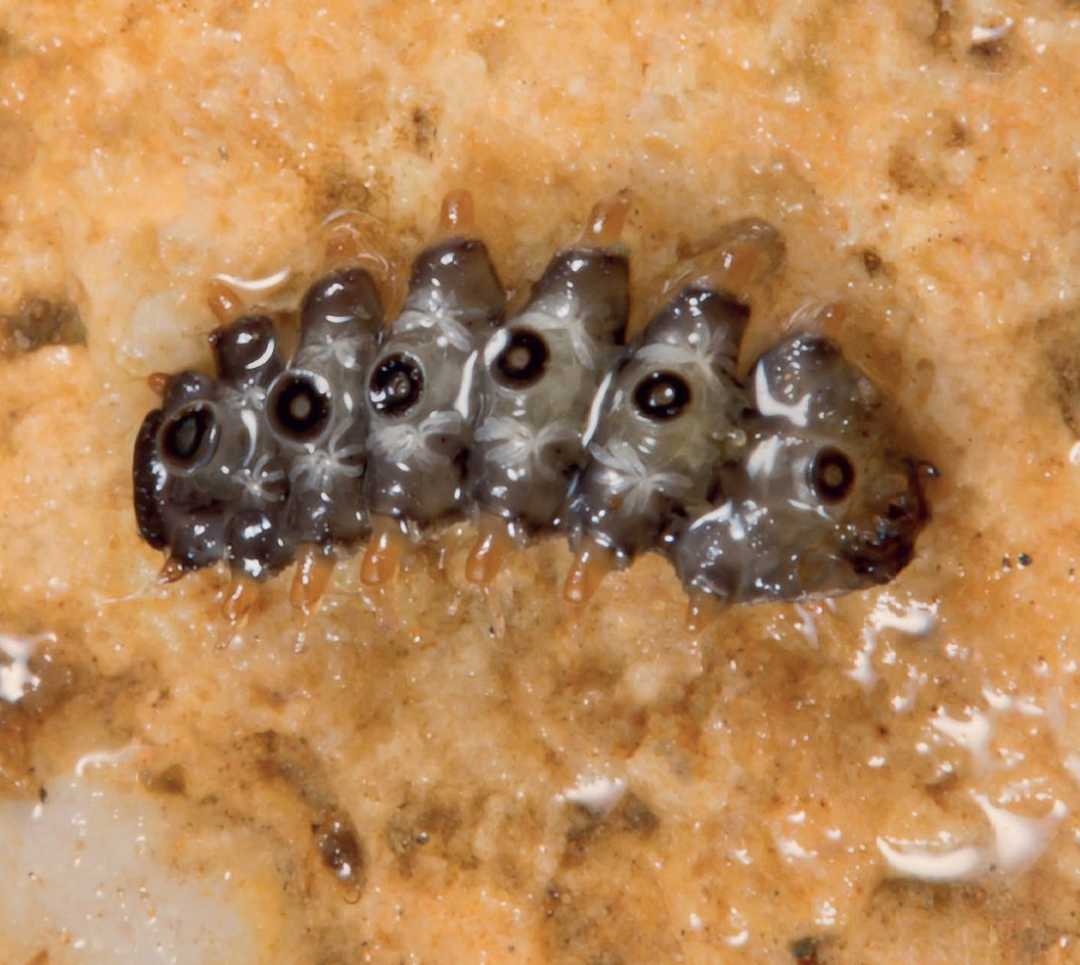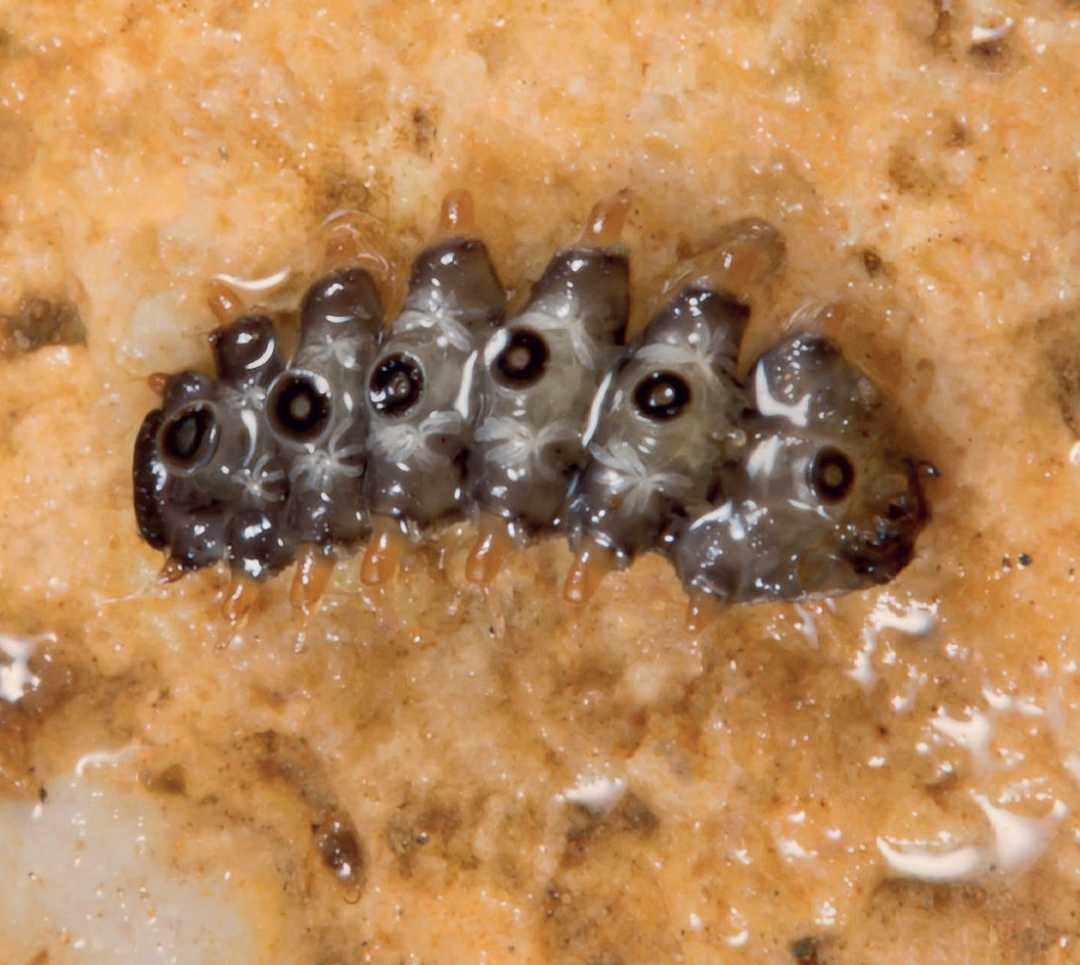The Alien-Looking Insect of the Blephariceridae Family
Members of the net-winged midge family (Blephariceridae) resemble extraterrestrial creatures, thriving in the turbulent waters of fast-flowing streams and waterfalls. Their larvae possess a remarkable adaptation: numerous suction cups on the ventral side of their bodies, allowing them to cling tenaciously to slippery rocks amid raging currents. This unique morphology enables them to withstand the force of rushing water while feeding.

Source: Images from the Internet, if there is any infringement, please contact the removal of
Using their suction-cup-like structures, the larvae anchor themselves to stones, forming dense clusters in the most violent sections of streams. They extend specialized mouthparts to filter microscopic organisms and organic debris from the water, a feeding strategy optimized for their high-energy habitat. The suction cups, arranged in intricate patterns, create a powerful adhesive force that rivals man-made suction devices, demonstrating nature’s engineering prowess.
Adult net-winged midges, though less bizarre in appearance, emerge from these larval habitats and often remain near waterfalls. Their wings feature distinctive net-like venation, contributing to their otherworldly look. For entomologists, these insects represent a testament to evolutionary adaptation, as they have conquered one of the most challenging aquatic environments on Earth. Encountering Blephariceridae larvae in their natural habitat is a reminder of nature’s endless capacity to produce life forms that seem plucked from science fiction, yet are perfectly adapted to their extreme surroundings.


